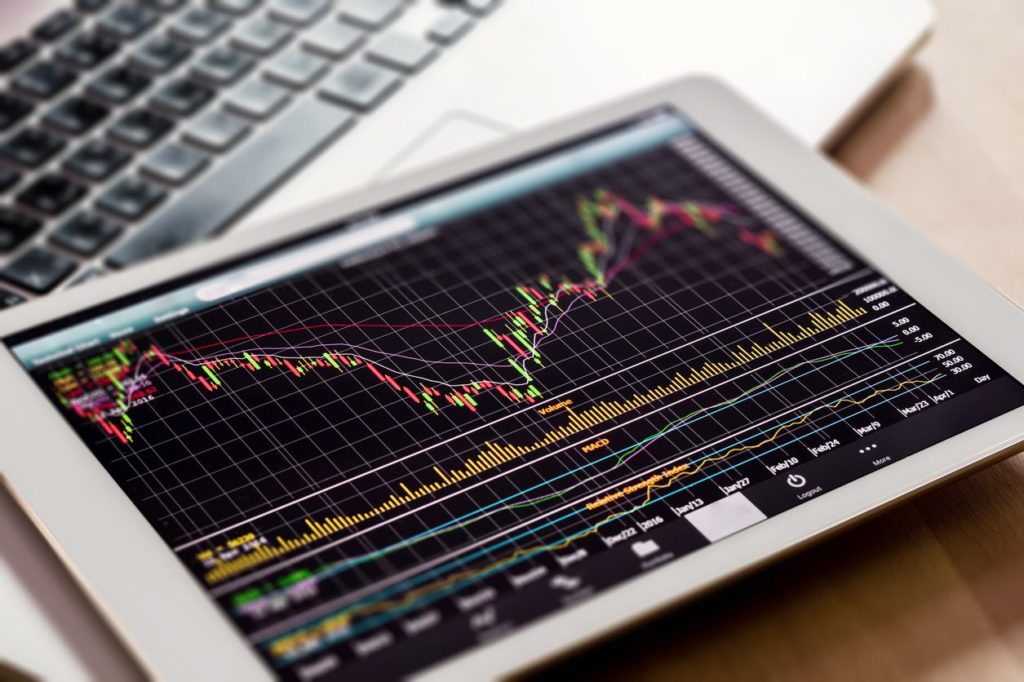“Good investors gather information, put that information into current and historical context, then make sound decisions.”

To put this market into proper perspective, one needs to go back to September. Remember that September holds the dubious distinction of being the worst performing month of the year, on average, for U.S. equities dating back to 1950. Yet September of 2018 was a positive month, with major market indexes hitting new highs on the 21st before relaxing slightly into the end of the quarter. October 4th was the first of six consecutive down days for the Russell 3000, followed by a three day rally before another sequence of six consecutive down days. The total decline for the Russell 3000 was -11% in 15 days. It was a taste of what laid ahead.
Equities rallied +8.1% over the next seven trading days, establishing a trading range that contained prices for the month of November. The top of the trading range was only 5% below the September highs, certainly within reach of a respectable year-end rally. The bottom of the trading range was successfully tested on November 20th followed by a nice rise into the end of the month. November went into the record books as another winner. The U.S. economy was in good shape with expanding GDP numbers. 3rd quarter corporate earnings were excellent. December has been the best performing month of the year, on average, for U.S. equities, since 1950. The stage was set. It looked like a classic Hallmark Holiday Movie in the making.
The first week of December major markets declined once again to the bottom of their trading range, which held its ground until December 13th. The setup was still in place for a traditional ‘Santa Claus Rally.’ Instead, equity markets started a slide that saw major market indexes drop -11% in the next seven trading days. Christmas Eve’s shortened session left equities at their lowest prices of the year. The Russell 3000 was 20% lower than its all-time highs of exactly three months earlier. The moderate correction melted into an oversold, severe correction in just days, and in December! Right before Christmas!
Then, in the midst of a hundred superlatives, there was talk of a Bear Market, which is absolutely incorrect. This is a correction, albeit a severe correction. Corrections are one dimensional. They are measured by price change. They are defined by the amount of price change, such as mild (5%), moderate (10%), or severe (15%). They can occur within the context of a Bull Market or a Bear Market. Bear Markets are not one dimensional and should not be measured by price alone. The traditional definition of a Bear Market includes both price (-20%), and time (more than 6 months), and should be reserved for major market indexes.
A correction can develop into a Bear Market over time, but they have always been accompanied by an economic recession. This is an ingredient that is totally missing in the current equity market equation. A recession is defined as two consecutive calendar quarters with negative National Gross Domestic Product (GDP). Our nation’s GDP has been expanding, albeit slowly, for a decade now, with the most recent quarter coming in at +3.4%. A lot would have to happen to turn that ship around. Currently, all we have is speculation on a series of unrelated topics such as tariffs, border security, the revolving door in the executive branch, and the Congressional quagmire.
Which brings us to the final question in this Commentary, how much longer will this correction last? All of the corrections this year have been somewhat symmetrical with respects to the time spent declining versus the time spent recovering. This is not surprising given the reality that computer-driven trading is running the markets unchecked and unregulated, another topic for another day. Programmed trade sequences can cut both ways, so the answer will be found when the true bottom of the correction is found. I am measuring from September 21st, so if the bottom was Christmas Eve, that projects to the end of March, with a substantial part of the recovery rally occurring in January.
© 2018 Edward D. Foy
Sources: Bloomberg, Marketwatch, StockCharts